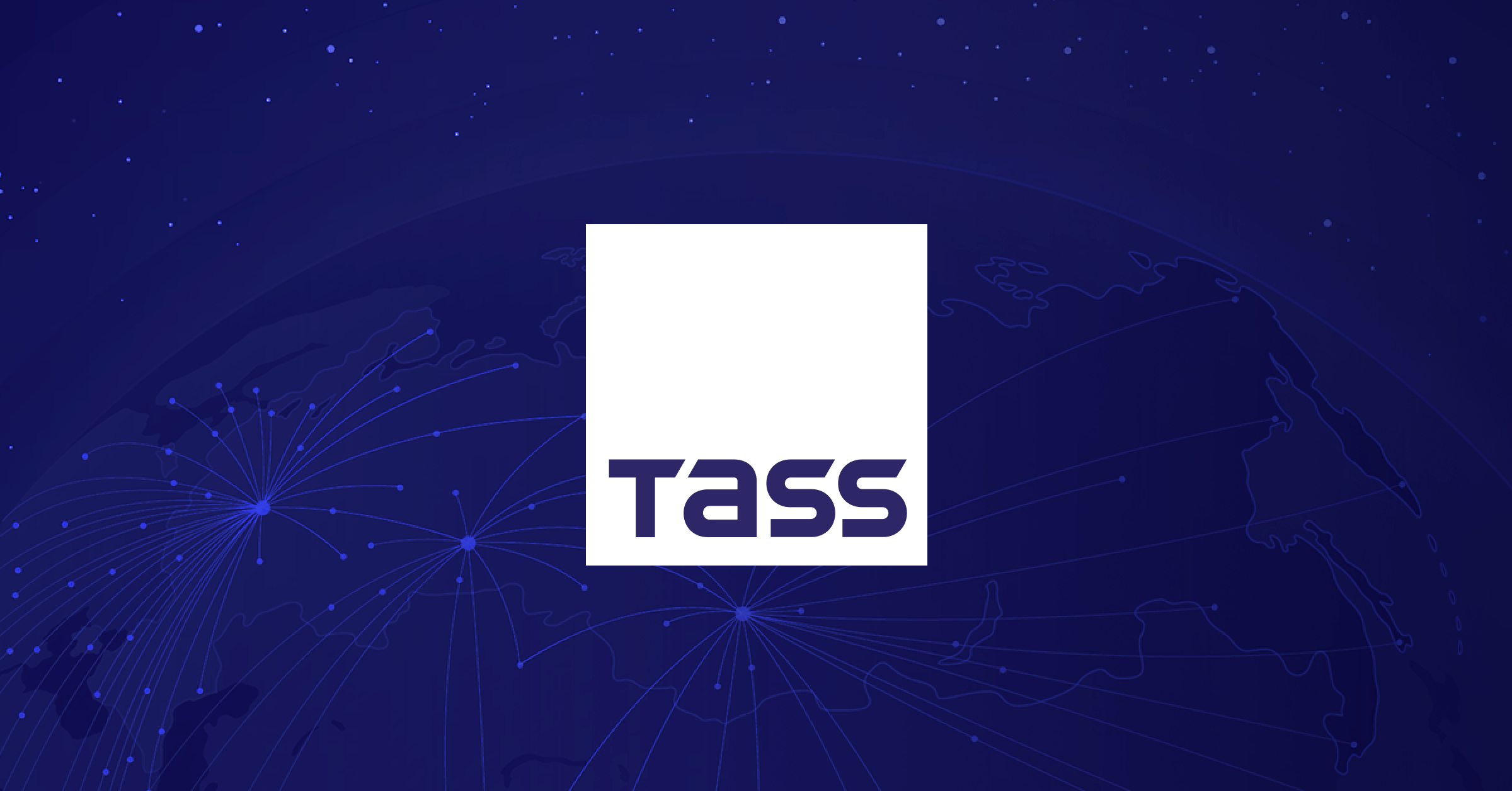Copyright Fast Company

Earlier this year, while the U.S. government was cutting billions in foreign aid, a refugee education program called Yeti Confetti did something remarkable: It took a single grant and scaled from serving 35 to 1,400+ students in Lebanon and NYC. They anticipate doubling that within the next few months. While hundreds of humanitarian organizations suspended programs because of the U.S. foreign assistance freeze, Rocket Learning, an education tech platform in India, is reaching 3 million children across 10 states and territories at $1.50 per child per year, a fraction of comparable traditional early childhood programs. This dichotomy was reflected in two types of conversations I heard during the United Nations General Assembly week in September 2025. In one, senior leaders from development agencies were genuinely grappling with an existential moment, with deep cuts in international aid worldwide. Then, there were the people closer to the work who had already moved on—too busy delivering and craving for scale. WHAT GOT US HERE WON’T GET US THERE The decades-long development of infrastructure created real expertise and crucial services to communities that desperately needed support. That matters and still does. The challenge isn’t the people or the expertise—it’s the operating system. Subscribe to the Daily newsletter.Fast Company's trending stories delivered to you every day Privacy Policy | Fast Company Newsletters That system was built for a world with more money than innovation. We now live in a world with more innovation than money. Layers of oversight, risk-averse funding cycles, and multiple intermediaries mean the infrastructure can’t move at the speed or cost-efficiency the moment demands. In 2024, the United Nations Office for the Coordination of Humanitarian Affairs (OCHA) estimated that 305 million people worldwide would need humanitarian assistance by 2025. Despite the growing need, by November 2024, less than half (43%) of the requested $50 billion had been received. Climate disasters aren’t slowing down. Neither is conflict. Neither is displacement. When the gap between need and allocated resources grows this wide, shouldn’t the calculation change? This isn’t about replacing institutional knowledge but about restructuring who holds resources and how they flow. It’s about multilateral agencies recognizing that their greatest value might be directly platforming solutions rather than implementing them or hiring intermediaries. It’s about foundations embracing risk, treating innovation as a core strategy rather than a side portfolio. WHAT THE DOERS KNOW There’s a solution to a problem the traditional sector has been trying to solve for years—how to reach more people, faster, with less money. There’s an entire generation of entrepreneurs who never waited for perfect conditions or for permission. advertisement Take Kate Kallot’s Amini in Africa. Her data platform is solving the continent’s critical data scarcity and information inaccessibility by providing hyper-accurate, granular data localized to smallholder farms. It’s now benefitting 7.5 million people across 25 countries, including partnerships with the governments of Barbados, Côte d’Ivoire, and Sierra Leone. Rocket Learning, mentioned above, became the Indian government’s technical partner for 230,000 rural childcare centers, with students scoring 30% higher in their classrooms than others. The detailed economic analyses reveal a remarkable benefit-to-cost ratio of $1,274 per child. The solutions that work have these traits in common: They’re cheaper: Technology enables reach without decreasing marginal costs. They’re faster: Different organizational structures enabling different speeds. They’re sustainable: They generate revenue, create jobs, and outlast any single funding cycle. Moving resources directly to entrepreneurs introduces different risks. Safeguarding protocols exist for good reasons. But the current approach also carries risk—the risk of reaching fewer people, taking longer, at a higher cost per beneficiary. We need to be honest about which risks we can afford at this moment in time. WHAT HAPPENS NEXT The bottleneck isn’t ideas. It’s the infrastructure connecting local entrepreneurs addressing the pressing challenges of their communities to resources and scale. Here’s what would accelerate impact: Early and direct capital is where the leverage is highest compared to the years of pilot data that traditional funders want. Bespoke support from people who’ve done it before, not another workshop on Theory of Change. Networks for scale toconnect proven solutions to government partners, procurement processes, and private sector distribution channels. Many entrepreneurs can build great products but lack relationships with decision-makers who control access to millions of beneficiaries. Patient growth capital because one-year grants don’t match the timeline of building sustainable organizations that scale to millions. Validation infrastructure so development agencies can shift from primary implementers to validators and amplifiers of what’s working. Using institutional credibility and expertise to assess, endorse, and help scale entrepreneur-led solutions that meet rigorous standards. For funders, this isn’t charity. It’s leverage. We’d be backing solutions that become self-sustaining, building systems that outlast any administration’s foreign policy shifts, reaching more people for a fraction of traditional cost-per-beneficiary, and getting closer to aid independence, which countries in the Global South are hungry for. The future of global development is happening right now in Tripoli, Kolkata, Mombasa, Ho Chi Minh, in the hands of entrepreneurs who saw that the system couldn’t move fast enough and decided to build something that would. This transition asks people to reimagine systems they’ve spent careers building. That’s not easy. The expertise and relationships built over decades matter. The question is how to channel those assets toward what’s demonstrably working. The ground has already shifted. The doers never stopped moving. Let’s join them. Hala Hanna is the executive director of MIT Solve.



